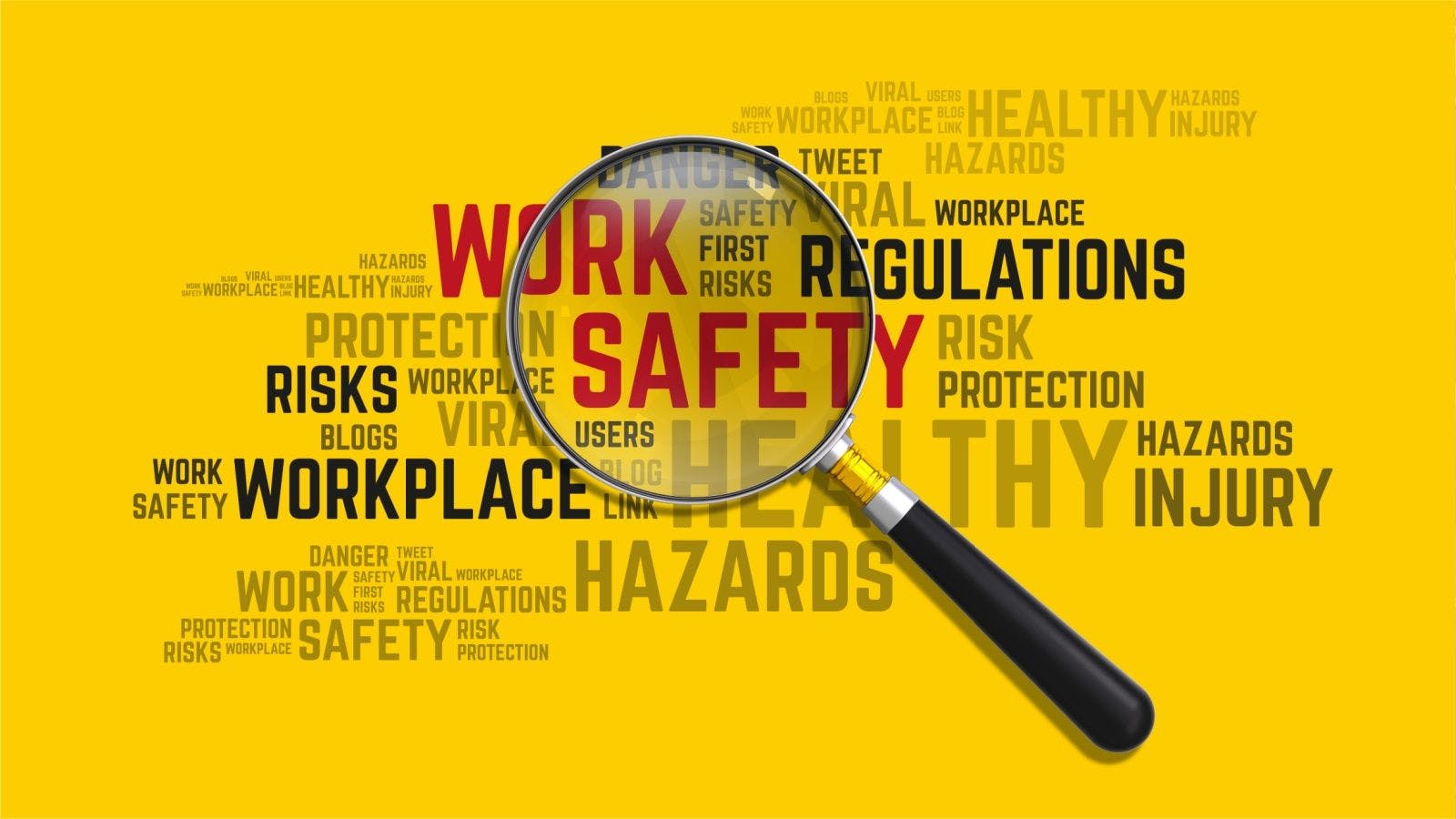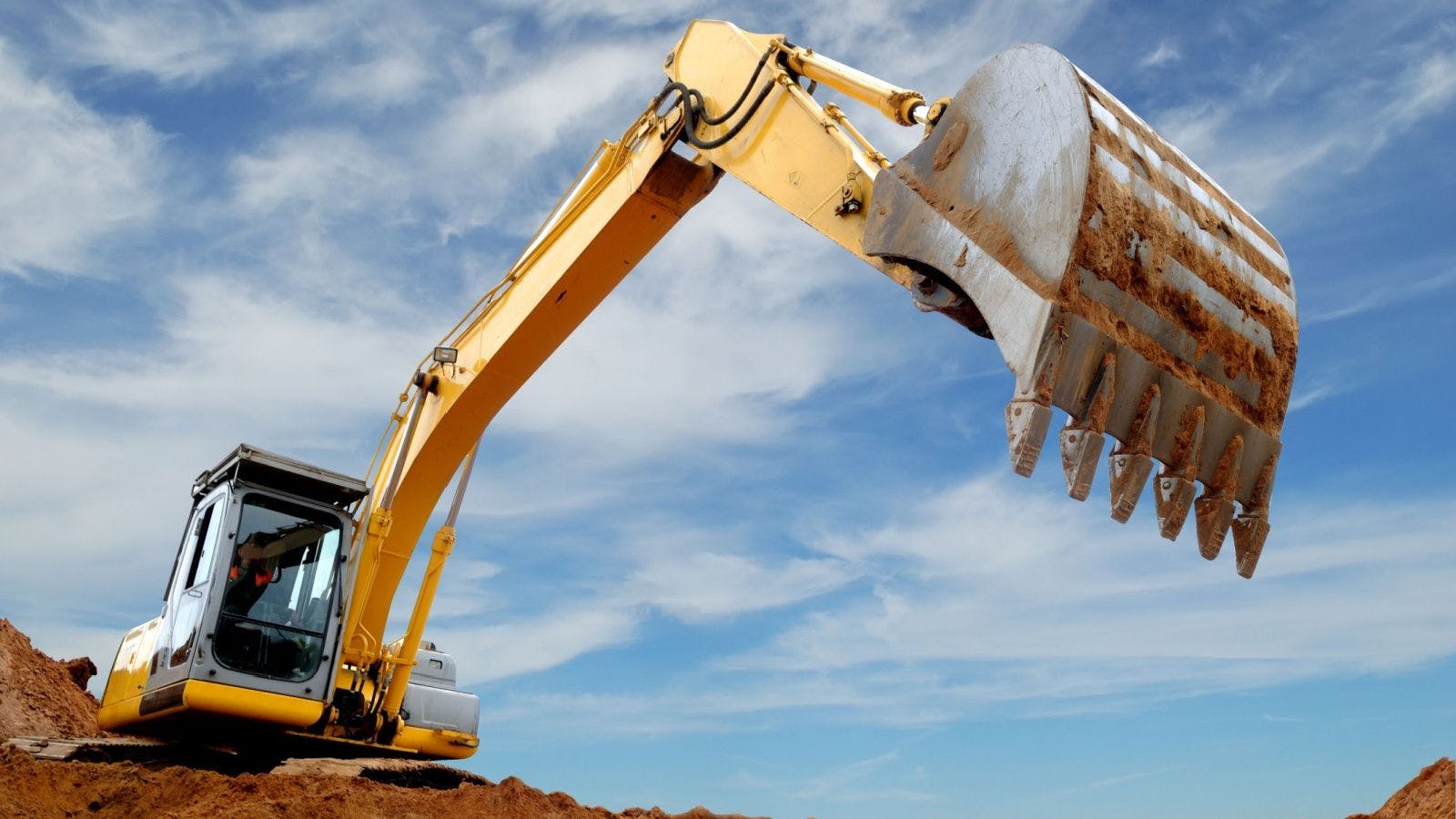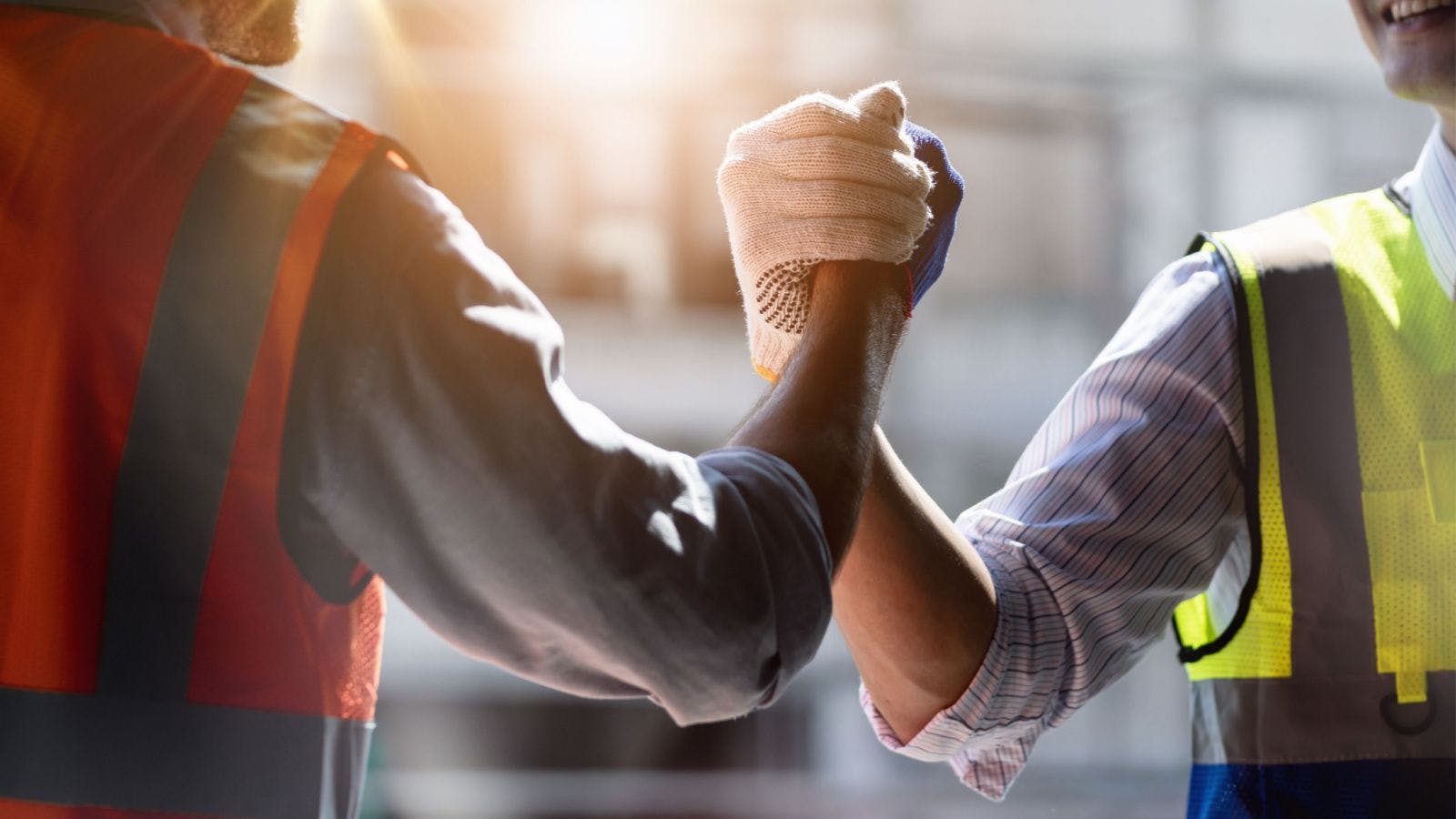
Alternatives to Opioids for the Management of Chronic Pain: Part II
Editor’s Note: This is Part II of a two-part article. Part I is The Causes, Comorbidities and Consequences of Chronic Pain.
At the onset of the pandemic, there was concern about the impact of isolation and loneliness on the population with substance use disorders and the risk of relapse of alcohol and opioids use. In September 2020, the American Medical Association released a brief indicating that overdose deaths have increased in more than 40 states since the onset of the pandemic.
Safety, health and wellness strategies are ever important for construction companies. The work tasks, jobsite pressures and environmental conditions of construction are demanding. Chronic pain is a common affliction among construction workers from musculoskeletal disorders. Chronic pain contributes to other risk factors (comorbidities) affecting the quality of life for construction workers, including sleep deprivation, depression and substance use disorders.
Employers are encouraged to understand the risks associated with chronic pain and opioids and to become aware of alternative pain management strategies and programs. Doing so will both reduce risks of addiction and overdose, and positively impact the wellbeing of workers and their families.
Meet the Panel
In this two-part article, a panel of uniquely qualified professionals in three interrelated disciplines involved in addressing the effects of chronic pain share insights on the risks and comorbidities associated with chronic pain.
Penney Cowan, the Founder and Chief Executive Officer of the American Chronic Pain Association (Rocklin, CA
Dr. Marcos Iglesias, Vice President and Chief Medical Director at Travelers (Hartford, CT)
Dr. Talal Khan, Medical Director of Outpatient Services at Pine Rest Christian Mental Health Services (Grand Rapids, MI)
Beyer: Is the increase in opioid overdoses affecting the workplace? With a rise in incidences in the workplace of musculoskeletal injuries such as sprains and strains, are you concerned about the potential impact on the construction trades?
Dr. Iglesias: We don’t have any data yet that shows the pandemic’s effect on the use of opioids in the workplace. However, we do know that, even before the pandemic started, the opioid epidemic had been of particular concern for the construction industry, where the work can be physically demanding. There are many reasons for this. Construction workers have higher injury rates compared with workers in many other industries, and opioids are frequently prescribed for musculoskeletal conditions such as sprains, strains and tendonitis. In addition, this industry also has higher rates of opioid overdose deaths, according to the Centers for Disease Control and Prevention.
Spoor: How can alternatives to opioids affect the mental health and wellbeing of construction trades workers being treated for chronic pain?
Dr. Khan: Opioids do have a place but only in the short-term treatment of pain. They are not ideal for long term treatment. Opioids can cause dependency, addiction to other drugs, accidents, poor concentration, increased pain perception, insomnia, sexual problems and worsen many mental health disorders. Studies show that in the long run quality of life is poor and pain is actually higher with opioids.
Options of both non-pharmacological and pharmacological alternatives to opioids, should be discussed with medical providers, as the ideal treatment is different in every case. A combination of physical therapy, occupational therapy, psychotherapy, nerve block procedures and non-narcotic medications may offer excellent long-term management of pain without the trap of the opioid dependent chronic pain lifestyle.
Spoor: Are you optimistic about the availability of non-opioid pain medications and their efficacy in addressing chronic pain?
Iglesias: Because of the low efficacy and dangerous profile of opioids in chronic, non-cancer pain, there is a renewed emphasis on non-opioid alternatives. Active approaches, which equip a patient with reasonable expectations and self-care techniques – such as mindfulness-based stress reduction, cognitive behavioral therapy (CBT), therapeutic exercise, yoga and tai chi – have been proven to be more effective than ones where the patient plays a passive role. Injections and transcutaneous electrical nerve stimulation (TENS) units, for example, are two passive techniques that don’t require active participation by the patient. Additionally, addressing sleep disturbances through adequate sleep best practices and CBT is a key component in helping individuals with chronic pain, since sleep problems are so common.
There is no one-size-fits-all solution. Treatment will depend on the individual patient, their health status and the type of pain they’re experiencing.
Beyer: What advice do you have for construction industry leaders about decreasing the effects of musculoskeletal injuries, opioids, and chronic pain?
Iglesias: Understand that chronic pain is a complex and multifactorial condition affected by biological, psychological and socio-environmental factors. There are many issues that can play a role in the perception of pain and thus need to be addressed.
We’d recommend that employers stay connected with their injured employees and be open to behavioral approaches like CBT and pain coaching to help them manage chronic pain.
Lastly, consider pre-injury opioid safety training and pain education offered by organizations including the Center for Construction Research and Training and the National Institute for Occupational Safety and Health.
Note:For additional guidance for employers in addressing the risks of opioids in the workplace and on the jobsite, see The Elephant in the Room: Tackling Alcohol and Substance Use in Construction.
Spoor: How can peer to peer support help those learning to confront and overcome the challenges with chronic pain?
Cowan: Chronic pain is very isolating. I thought I was the only person in the world with pain until I went to a pain management program. Once there, I realized that I was not alone, and it validated me. Most importantly, through peer support we can gain strength and learn from one another. We all need the support of our peers and nowhere is that more important than when living with chronic pain.
Related stories








